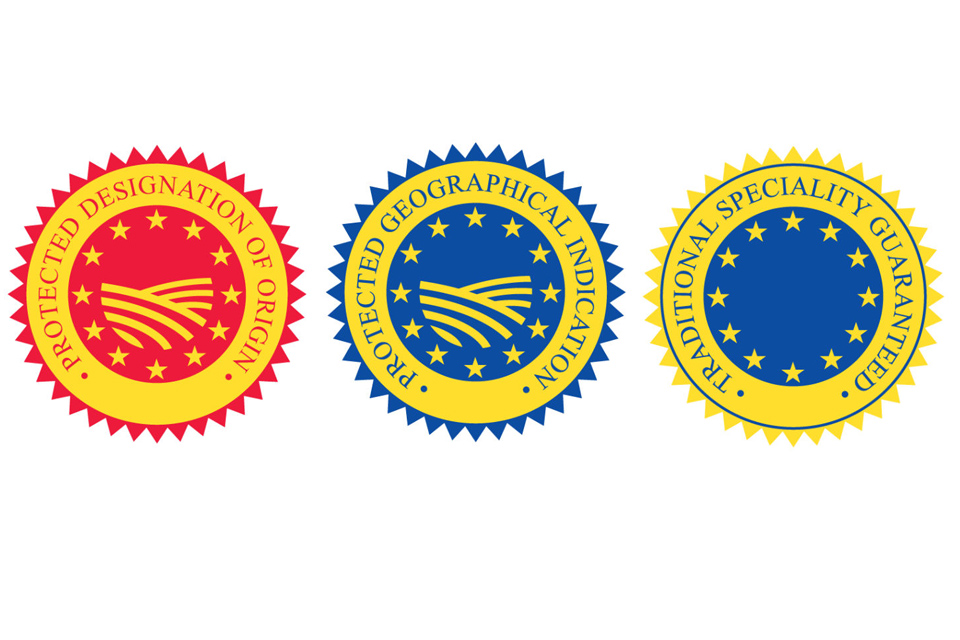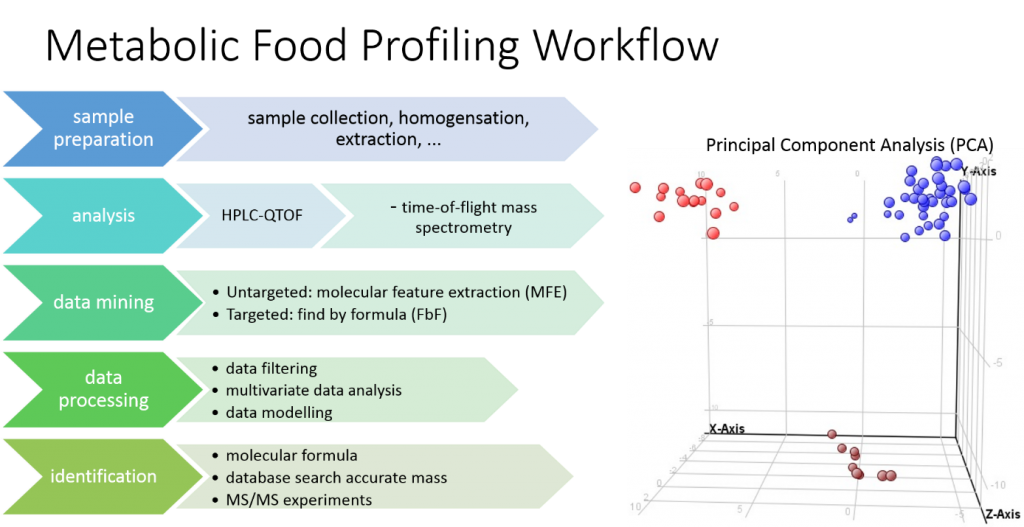
Foodprofiling: Tracing the Authenticity of Food
Sep 11, 2018More than 250 years ago, Carl Linne, a Swedish natural scientist created the basis for describing nature with a taxonomical system for all botanical and zoological life; a taxonomy which is still used today. 100 years before Charles Darwin published “On the Origin of Species”, he asked two basic questions in order to differentiate plants and animals by their phenotype: In which ways do they differ and what are their similarities?
Carl Linne was in a way one of the first systematic profilers of natural features and therefore a link to modern molecular profiling techniques.
Like the systematic classification of nature, quality of food is defined by specific parameters and can be described by a profile of characteristic features. Food profiling enables the determination of a whole series of properties of food which can be divided into two main categories: intrinsic factors and extrinsic factors. The former can be summed up as the ingredients of the food. These are the major and minor components or sensory properties. Extrinsic factors on the other hand are mainly influenced by cultivation procedures. Food can be produced in very different ways like organic farming, aquaculture etc. Other important factors are the use of pesticides and the occurrence of contaminants in food. Many recently developed analytical methods try to meet the desire of assuring healthy food. Analyzing and improving the quality of food is therefore an important field on the food market. Pricing is after all directly correlated to quality definitions like size, color and cultivation. New varieties bred from existing types can be protected and developed as trademarks. Such extrinsic factors as well as traditional manufacturing procedures and the designation of origin enable products to stand out against competitors. Food products are influenced by a vast range of factors which are spread across the whole cycle of production, storage, shipping and consumption. These factors like variety, cultivation, time of harvest, country of origin, and storage are all influencing the metabolic profile of a product. In order to develop a robust data base which can be used to categorize and differentiate food products, these influencing factors must be considered and their influence must be implemented into the profiling model. The topic of food authenticity is therefore strongly interconnected with every step of the making of a certain food.
Over recent years, consumer’s interest in knowing where and how food products are produced, has steadily been increasing. Consumers want to get to know where the products come from. This is reflected in the rising popularity of organically grown food and new local food markets. The European Union’s Database of Origin and Registration, called DOOR, labels more than 1500 food products either as protected designation of origin (PDO), as protected geographical indication (PGI) or as a traditional specialty guaranteed (TSG). Such products represent the long tradition and culture of food production in Europe.
The fight against food fraud to prevent adulteration, substitution or tampering and counterfeiting of food, is one of the most pressing reasons for the development of food profiling methods. The topic of food fraud is a priority in the European Union which employs the highest food safety standards worldwide. The European Union does not provide a harmonized definition for “food fraud”. However, the lack of a harmonized definition does not prevent the European Commission and the EU countries from taking coordinated action against “fraudulent practices” in the food supply chain. A broadly accepted explanation defines food fraud as a violation of EU food law, which is committed intentionally to pursue an economic or financial gain through consumer deception. While adulteration, substitution, tampering and counterfeiting of food are all different ways to produce fraudulent food, diluting high quality products with lower quality products is the most widespread form. Olive oil, fish and organic food are most prone to fraud, since they are produced in high abundance and usually are valuable products.
Increasing demands in quality of the products also cause the cost of production to rise which increases also the value. This leads to a growing abundance of food fraud cases. The annual financial damage in the European Union alone is in the tens of billions of Euros. Analytical methods for testing and controlling food authenticity are therefore needed. By analyzing food products with food profiling techniques, a database can be generated which is then used to test quality parameters like geographic origin, production type, variety and many more.
Authenticity of food can be traced by various food profiling techniques
Genomic approaches trace nuclear, mitochondrial or plastidic DNA and generate genetic profiles. Proteins and peptides can also be used to characterize food and food products which is referred to a proteomics. Isotopolomics on the other hand, summarizes the analysis of isotopic ratios and rare earth elements. It is the metabolomic approach, however, which allows taking these deep insights into the overall composition of food products.
Food safety testing labs currently are involved either in microbiological or chemical analyses of food. Their network of costumers consisting of producers, sellers and consumers, makes food testing labs the prime candidates for establishing analytic food authentication methods. In addition, food labs can usually rely on their expertise in food analytics and food safety legislation. Mass spectrometric methods for the detection of various substances in foodstuffs have become well known applications. They are used worldwide, for example for controlling pollutants and other harmful substances. Such targeted analyses which are performed using MRM (multiple reaction monitoring) enable the qualification as well as quantification of a variety of analytes, such as pesticides, mycotoxins, antibiotics and others, in food and food products. This kind of trace analysis is being accomplished by using triple quadrupole mass spectrometry (QQQ). Institut Dr. Wagner operates multiple GC-QQQ and LC-QQQ systems and has been accredited according to ISO 17025 for these techniques. We can therefore rely on years of experience with such technologies. However, many important questions regarding quality, type, variety and origin of foodstuffs cannot be answered with these applications alone. Investigations regarding these questions are demanded by many producers of foodstuffs as well as consumers.
New Methods in Foodprofiling
In recent years, a new approach has been established which is capable of providing answers to these questions. Using a “food profiling workflow”, every molecule which is typical for a certain product is being detected using “molecular feature extraction” and characterized via statistical evaluation. This so called “untargeted differential analysis” is being performed using TOF (time of flight) mass spectrometry, which can detect the slightest differences between molecular masses accurately. The composition of the substance spectrum as well as the ratios of detected molecules can be combined with multivariate data analysis to obtain information regarding food authenticity. Where does the product come from? Has something been added to the product? Which variety is it? Is the best before date accurate? These questions and more can be answered by the new approach. Whereas stable isotope analysis, which has been established for some time already, is focusing only on the mass ratio of few elements in the product, this new approach enables the construction of a metabolic fingerprint for the product. The goal of ongoing project is to use the new method (QTOF mass spectrometry and statistical analysis via data mining by mass profiling) for the investigation of food authenticity and to develop a service to test the quality of food.





